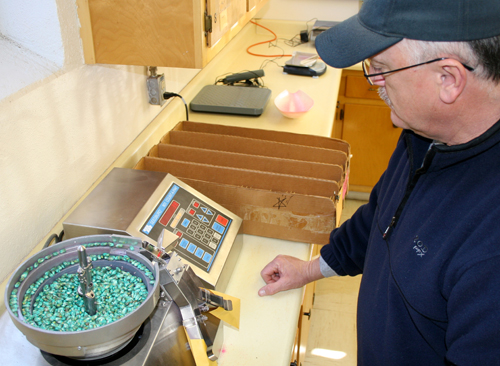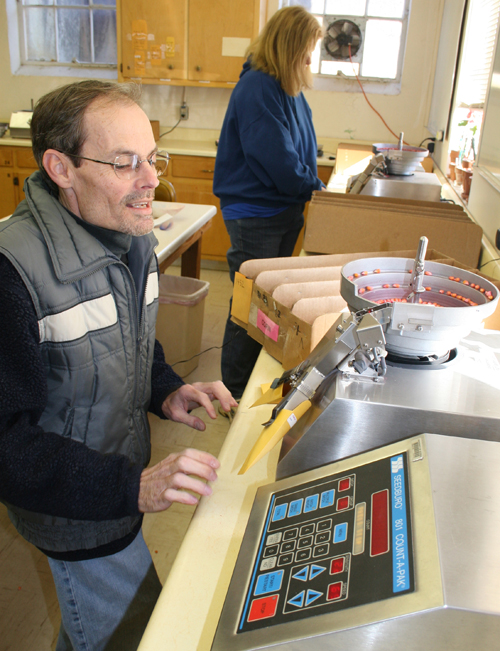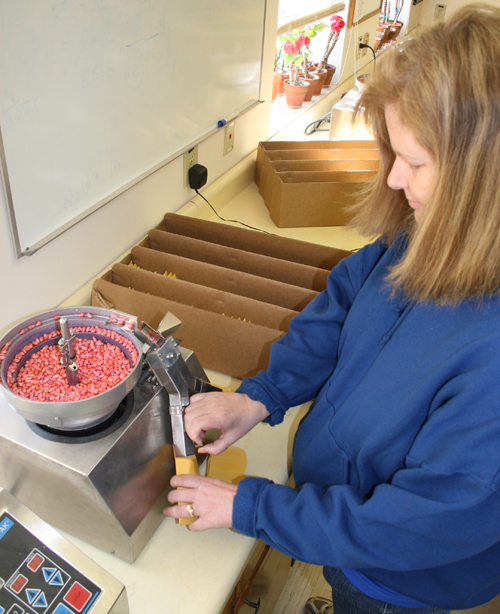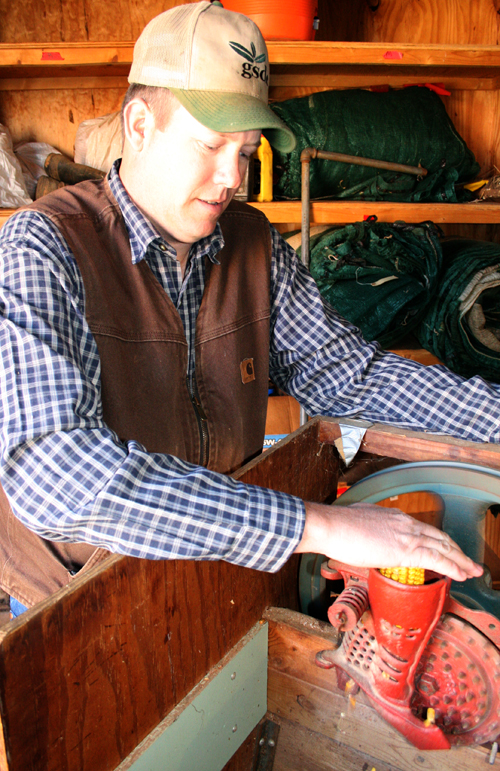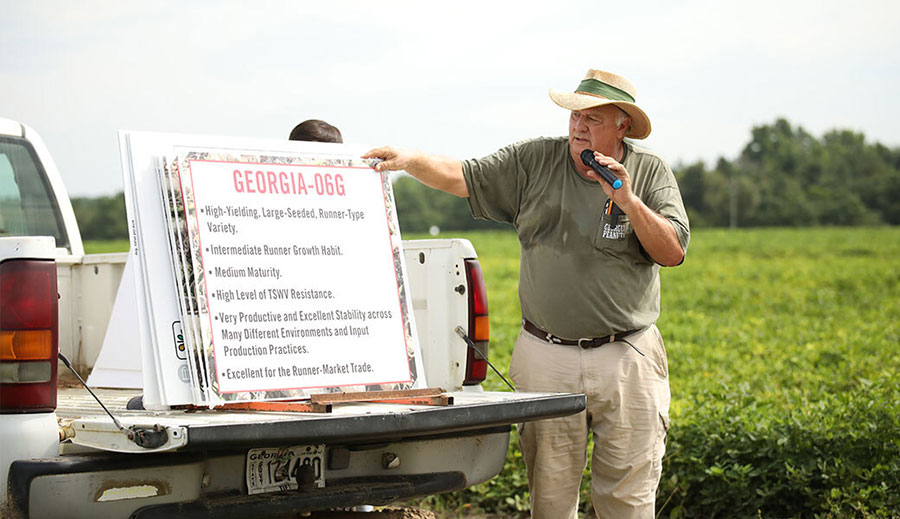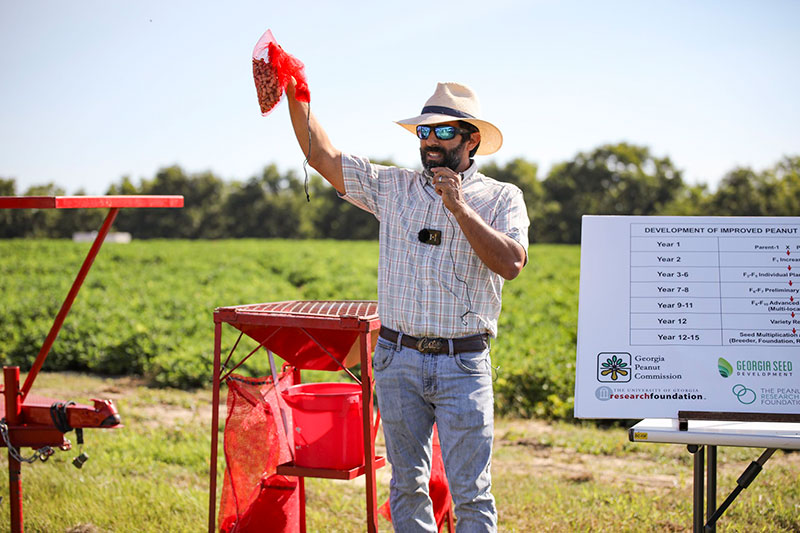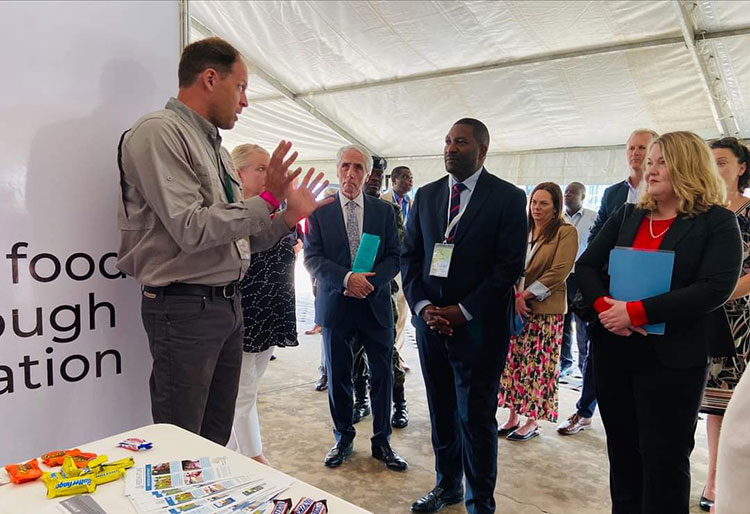Selecting the best crop variety to plant can determine whether or not farmers make a profit. One wrong selection can result in acres of nothing to harvest. In farming, no harvest means money lost.
Each year, the University of Georgia Statewide Variety Testing Program works to take some of the guesswork out of farming. Based at the UGA College of Agricultural and Environmental Sciences campus in Griffin, Ga., the program tests both publicly and privately developed cultivars, including summer crops like corn, soybeans, peanuts, cotton, grain sorghum and summer annual forages. Winter crops tested are wheat, barley, rye, oats, triticale, canola and winter annual forages.
Different soils, different temperatures
To make the information useful for Georgia farmers, each variety is tested in the state’s different geographic regions.
“Georgia’s soils differ from the limestone valley in Calhoun, to the red clay in the Piedmont and the sandy soils of the Coastal Plain,” said Don Day, the program’s director. “If that weren’t enough, there are agronomic challenges within each of these region’s microclimates, too.”
Temperatures, too, vary greatly from one end of the state to the other. For example, Day said, Tifton lies 300 feet above sea level. In the Piedmont, Griffin lies 1000 to 1,200 feet above sea level and is at least 5 degrees cooler than Tifton. Further north in Blairsville, the temperatures are another 5 degrees cooler year round.
These temperature and elevation changes not only affect how Georgians dress for the day, they also affect how crops grow and the size of the yield they produce.
“Blairsville’s temperatures are like the Midwest in that it’s cooler at night,” Day said. “It’s great for growing corn, bright, sunny days and cooler nights. But you can’t grow peanuts or cotton there because of the short growing season and the risk of frost.”
The program also tests crop varieties for their resistance to pests and diseases.
A two-headed coin
There are no “guarantees in farming,” he said, but the most important decision is starting with the right variety. He says farming is like a two-headed coin.
“On one side a farmer can do everything right, have the right soil, the perfect fertility and irrigation. But if he plants a nonadapted variety, he’s still going to lose,” Day said. “On the other side of the coin, a farmer can plant the right variety, his crop does well, he makes a profit and other farmers immediately want to know what variety he planted.”
The UGA program tests seed types from several private seed companies as well as crop breeders from other land-grant universities across the Southeast.
Sharing the results
At the end of each crop’s season, the information is published annually in five research reports made available to farmers, private industry and researchers at other land-grant institutions.
The crops on the research fields are harvested and sold. Profits are used to fund the program and UGA research farms across the state.
To make the information handily available to farmers, all of the data is online at www.swvt.uga.edu. Data going back 13 years is available there.
The information is also presented at field days across the state for farmers and others in the agriculture industry.
“I sometimes get calls from farmers, and I answer their questions, but rather than tell them specific varieties to grow, I ask them to talk with their local county agent” he said. “We provide nonbiased, research-based information, but the ultimate decision is still the farmer’s.”



